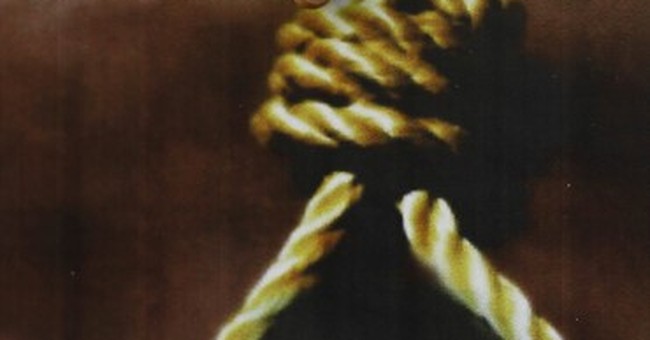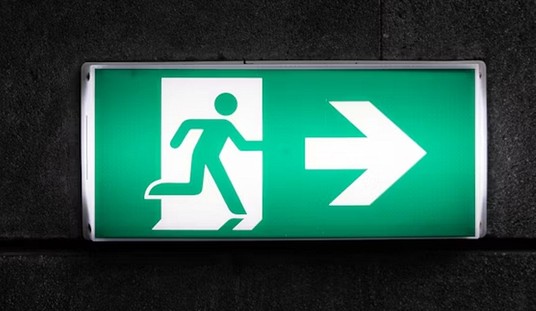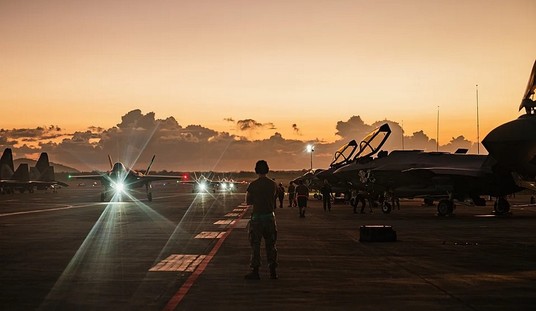
Two Kurdish political prisoners were executed by the Iranian regime in the Prison of Urmia on the morning of the last July 14. Diako Rasoulzadeh and Saber Sheikh Abdullah had been arrested in 2014 and sentenced to death on the charge of “Moharebeh” (waging war on God) at the Mahabad Revolutionary Court after a year of torture. The verdict was subsequently upheld by the mullahs’ Supreme Court.
The same day, two more prisoners were executed in the Prison of Gorgan, while on July 11, five men suffered the same fate in the Prison of Gohardsht, as well as one prisoner in the Central Prison of Shiraz on July 17. Now, the spokesman for the regime’s judiciary announced that the Supreme Court confirmed the sentence to death of three detainees from the November uprising after several weeks of controversies.
Amir Hossein Moradi (26), Saeed Tamjidi (28), and Mohammad Rajabi (26) were arrested after participating in the uprisings that took place last November. The death sentence was confirmed after a long period of torture and forced confessions. The spokesman also announced the execution of Reza Askari, a retired Ministry of Defense employee.
On July 10, Amnesty International issued a statement where it condemned the execution of a 55-year-old man for drinking alcohol. The institution’s Deputy Regional Director of the Middle East and North Africa, Diana Eltahawy, said: “The Iranian authorities have once again laid bare the sheer cruelty and inhumanity of their judicial system by executing a man simply for drinking alcohol”. And she added: “The victim was the latest person to be executed in [the city of Mashhad’s] Valkalibad Prison, the site of numerous secret mass executions and a grotesque theatre of Iran’s contempt for human life”.
Executions held both for drinking beverages -which did not happen even during Khomeini’s time- and for unproper clothing, indicate that engulfed in systematic corruption, this medieval regime is not in harmony with the modern times. These are all just excuses for suppression and controlling the society.
“The source of worrisome in the summer of 2020 is the urban riots. Regarding the vast poverty, the outbreak of Coronavirus, and desperate poor population which has no solution for them, we must be worried”, published the Mostaghel daily on July 5.
This concern is crystal clear in the Iran’s Health Minister, Saeed Namaki’s statements. After some days of absent, he said: “We read the security reports. It is a serious issue that people are reaching a point of eruption from poverty. The president and the security forces must think about (people’s) livelihoods to prevent an eruption” (Irna July 8).
Last Tuesday, July 14, Mohammad Reza Habibi, the clerical regime’s head of the Justice Department in Isfahan, expressed his fear of further uprisings. Quoted by Mehr News Agency: “Let the Mujahedin-e Khalq (MEK/ PMOI) puppets know that if anything goes wrong, like what happened in 2009, December 2017-January 2018, and November-2019, we will respond decisively. The verdict of corruption on earth has been approved for eight cases related to the mentioned incidents. Corruption on Earth is coined by the regime and is punishable by death”.
Can the religious regime of Iran block this movement by resorting to these executions? Experience of the downfall of all dictators and despotic regimes say NO to this question.
During the Friday prayers, a top clergy in the northern city of Amlash said: “The enemy might have a plan in which people take streets and some problems maybe are created. The middle class of the society who have become weaker because of economic disorders would take the streets and form some movement”.














Join the conversation as a VIP Member